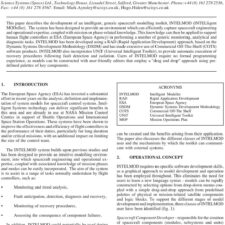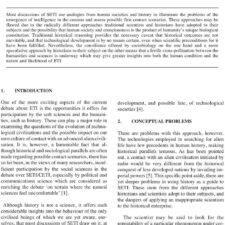Hibernation as a Far-Reaching Programme for Cell Nucleus Activity Modulation
£5.00
M. Malatesta; M. Biggiogera; C. Zancanaro (2008), JBIS, 61, 339-341
Refcode: 2008.61.339
Keywords: Cell nucleus, hibernation, hypometabolism, manned space missions
Abstract:
Maintaining part of the crew under hypometabolic conditions could help with the problems associated with long-term space missions. In the natural world, hibernators represent the most suitable model for a hypometabolic state. These animals are, in fact, able to drastically reduce all metabolic and physiological activities under adverse environmental conditions, but they can rapidly leave the depressed metabolic state as soon as the environment becomes favourable. Hibernators’ cellular machinery must therefore undergo adaptive morpho-functional modifications to allow survival. Our studies on tissues of hibernating dormice revealed that the cell nucleus undergoes an important structural reorganisation during the hypometabolic period. Interestingly, despite the drastic reduction in pre-mRNA transcriptional and processing rate, cell nuclei of hibernating dormice never showed features typical of quiescence. Recent analyses revealed that pre-mRNA processing factors undergo an intranuclear redistribution which varies in different tissues. This suggests a programmed intranuclear reorganization of such molecules aimed to an efficient and rapid restoration of pre-mRNA processing upon arousal. Natural hibernation therefore appears as a highly programmed hypometabolic state rather than a simple fall of metabolic and physiological functions.
Related products
-

INTELMOD – An Intelligent Satellite Modelling Toolkit
£5.00 Add to basket -

Star Catalogue Facility
£5.00 Add to basket -

SETI and the Historian – Methodological Problems in an Interdisciplinary Approach
£5.00 Add to basket -

Searching for Good Science – The Cancellation of NASA’s SETI Program
£5.00 Add to basket

